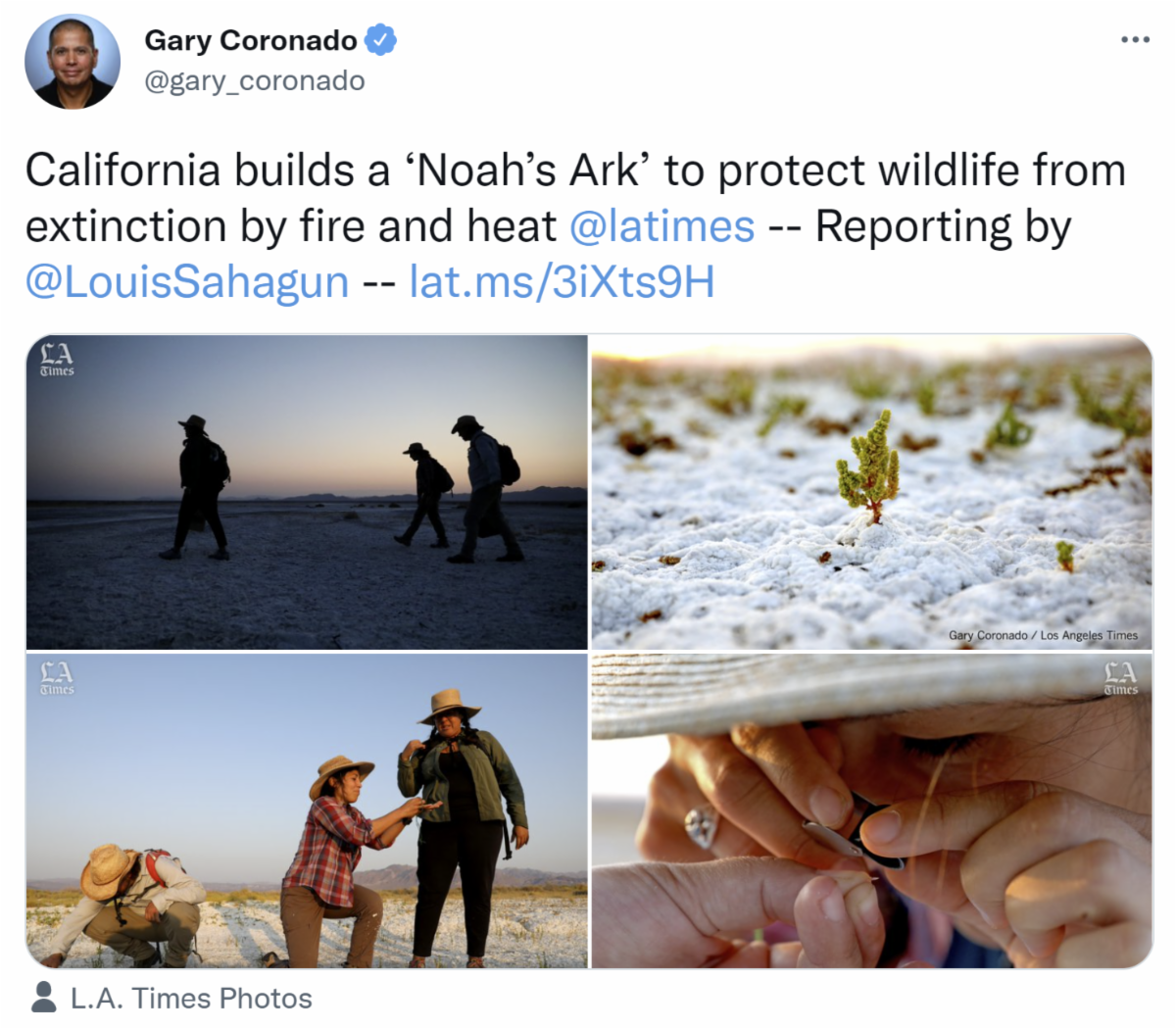Welcome to a new edition of The Weekender… Census results reveal two things: America is becoming more diverse and getting old. Also—did the Biden administration just throw another log on the politically fueled COVID-19 fire with an announcement about vaccine boosters? And finally—Lake Mead’s water levels are low enough to cause dramatic federal action, and Americans are not building as many homes. Catch up on these news headlines and more in this edition of The Weekender. As always, thanks for joining us.
THE BIG FIVE
America is growing more diverse as it gets older.

Biden administration backs vaccine boosters while the rest of America wrestles with the politics of COVID-19.
After tracking COVID-19 data and learning that Delta variant is expected to worsen in the coming months and cause a potential reduction in initial vaccine efficacy, the White House announced that they are backing booster shots for Americans vaccinated with Pfizer and Moderna vaccines. While the boosters will not be available until mid-September at the earliest, this recommendation comes right in the middle of the politicized debate over one of the most contentious COVID-related subjects: how to get Americans back to work and to school safely. America is split on how to address this politicized stage of the pandemic. Some states, including New Mexico, are re-implementing statewide mask mandates, while others are running in the opposite direction, like Tennessee’s Republican Governor Bill Lee, who signed an executive order gutting any attempt from a school district to mandate masks for students. Nevertheless, a new Axios-Ipsos poll shows that most American adults support mask mandates despite arguments on social media—even if the results vary by party. Meanwhile, corporate America is getting used to vaccine mandates while professional athletes are also getting their shots. Fun fact: the Atlanta Falcons are believed to be the first team to be fully vaccinated in the National Football League. Some directives are coming down from the federal government—if a nursing home wants reimbursements from Medicaid and Medicare, staff must now be vaccinated. COVID-19 is practically guaranteed to be a heated topic when the 2022 elections roll around. The election cycle will inevitably have to face the fallout of the Delta variant. While no one knows what the impact of the variant will look like by November of 2022, early signals—such as reduced manufacturing activity, stock market reactions, and slower return-to-office plans—point to Americans being in for an even bumpier ride ahead.
Water shortages, wildfires, and tropical storms: the pain gets spread.
2020 taught us that most do not want to live through anything labeled ‘unprecedented’ ever again. Residents near Lake Mead, one of the largest artificial lakes in the world, are witnessing another example of something both unprecedented and unwanted. For the first time, a federal water shortage was declared for Lake Mead, triggering cuts that impact the tens of millions of residents in the Southwestern United States and Northern Mexico. The Bureau of Reclamation has announced that Lake Mead will be under a Tier 1 shortage. This designation will trigger cuts in the amount of water released along the lower Colorado River Basin—Arizona, Nevada, and Mexico—to maintain the water left in Lake Mead to continue power generation and supply water for the Upper Colorado River Basin. Water will be released into Lake Powell, at a historical low this year, feeding into Lake Mead. The water levels at the Hoover and Glen Canyon Dam reservoirs are the lowest since they were initially filled, and hydroelectric power generated has decreased 25 percent since 2000. Without cuts, local communities could be without both sufficient water and electricity. Thankfully, the necessary cuts have been met with a cooperative spirit from impacted states. Discussions regarding critical updates to drought contingency plans are in process, which will inevitably remain relevant for the foreseeable future.
Record-breaking year for hackers and data breaches: can you truly protect yourself from cyberattacks?

U.S. homebuilding fueled by COVID-19 set to slow down.

INTERNATIONAL SPOTLIGHT
Joe Biden stands behind Afghanistan withdrawal plan as the Taliban takes over, Americans point fingers.

DATA POINTS
2,100: The number of people (as of Friday morning) that have lost their lives in the 7.2 magnitude earthquake that rocked Haiti last weekend. Heavy rain is expected to enter the region from Tropical Storm Grace, further complicating rescue efforts.
25%: The percentage increase the USDA is boosting food stamp benefits starting in October of this year, raising average monthly per-person benefits from $121 to $157.
689,000: The number of single-family homes under construction in July of this year – the highest number since July 2007.
44%: The number of workers who say they feel fatigued on the job, evidence that workplace burnout is on the rise. Employees’ mental health is quickly becoming a top concern for companies. Experts say that companies that confront mental health are poised to win the war for talent.
640: The number of panicked Afghans that rushed aboard the U.S. Air Force C-17, which safely evacuated them from Kabul on Sunday.
18.3: The results of New York’s general business conditions index in August, down from 43.0 in July, evidence of a sharp deceleration in manufacturing activity in the Big Apple. This decrease comes amid a spike in COVID-19 infections.
168 million: The number of Americans who are fully vaccinated and will be eligible for booster shots eight months after their second dose. Healthcare workers, nursing home residents, and other older Americans are set to be first in line.
22: The number of most-watched T.V. broadcasts this year that were sports games or competitions, 18 of which were football games. Super Bowl LV topped the list with 91.6 million viewers.
5: The number of months TSA extended the transportation mask mandate. Travelers will now have to wear masks on airplanes, trains, buses, and at airports through the new year.
FEATURED TWEET
Credit: @gary_coronado





